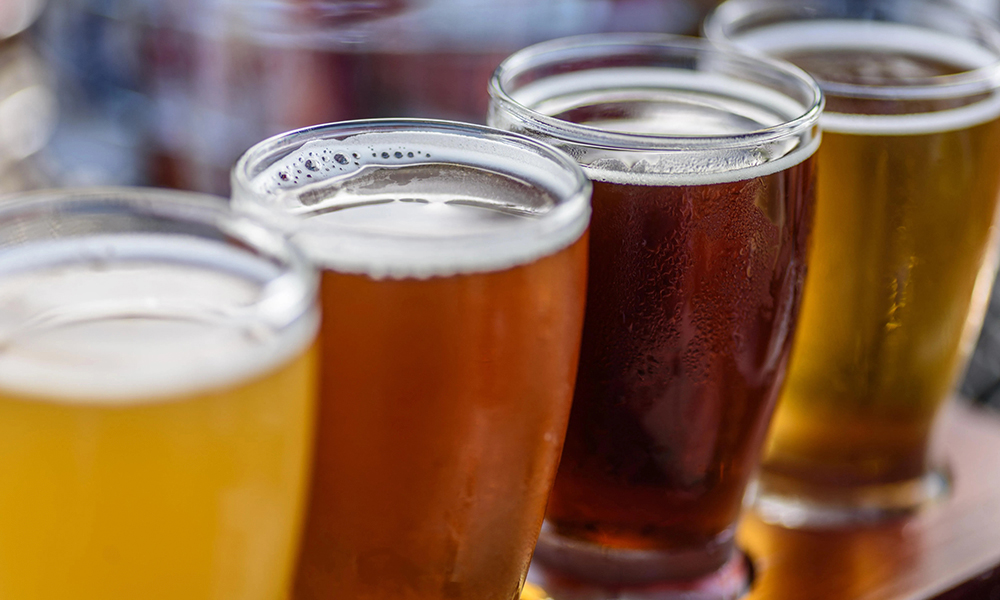Talking about beer is by no means a mandatory skill. You’d likely be perfectly happy drinking whatever’s handed to you and asking no questions, as long as you trust the person handing you the drink. Kind of like how you can still have a good time at a hockey or baseball game, even if you don’t know what’s going on. But like how having a loose handle on the rules helps you enjoy whatever sport you’re watching, you’re more likely to enjoy the beer you’re drinking if you know what the words on the can mean.
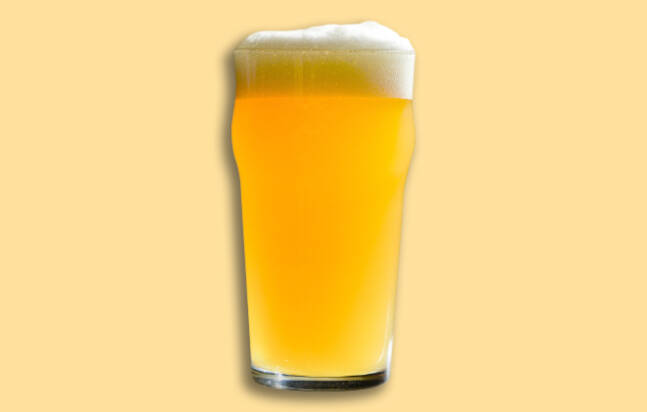
India Pale Ale
East Coast Examples: Tree House Brewing Julius, The Alchemist Focal Banger, Other Half Green City
West Coast Examples: Green Flash West Coast IPA, Sierra Nevada Dankful IPA, Bell’s Two Hearted Ale
IPAs have something of an East Coast versus West Coast rivalry going on. I grew up on the East Coast and it’s where I’ve done most of my drinking and bartending, so it’s the style I know a little better, but I dabble in my fair share of West Coast IPAs, so I’m not unfamiliar. While there are broad characterizations for each coast, there are of course examples that break the norm. However, both coasts agree that their styles should include a butt load of hops, they just disagree on when to add them.
Out on the West Coast, they add their hops early in the boil to produce as much bitterness as they possibly can. In doing so, they lose a lot of the nuance hops provide as bitterness is produced when the boil actually breaks apart the oils that provide flavor and aroma. Any maltiness coming from the barley gets buried under an avalanche of bitterness, even in spite of a West Coast IPA’s general inclusion of stronger, sometimes slightly roasted malts.
On the East Coast, most IPAs are made with late boil or flameout additions. Usually that means hop additions with five, 10, or 15 minutes left in the boil. Flameout, or whirlpool, additions happen after the kettle’s heat source has been switched off, meaning the temperature is dropping the whole time the hops are interacting with the wort. The shortened exposure and falling temperatures both keep hop oils intact, allowing more of their flavors to soak into the wort. East Coast IPAs are also the ones more likely to be dry-hopped, which means hops are added to the fermentation vessel during or after fermentation. Dry-hopping is the best way to pull complex flavors and aromas into the beer and is usually what’s responsible for that floral, citrus, or piney burst off the top of a fresh pint.
Another difference between the styles is the clarity. A West Coast IPA is usually a golden crystal clear, while an IPA on the East Coast is pale and hazy. Getting a beer that clear is decently easy for a production facility and doesn’t necessarily mean anything’s been filtered or centrifuged. To get a beer to stay hazy, and speaking in massively broad terms, you need a mash bill with protein rich grains like wheat or oats. Those proteins stay in suspension and can’t be easily removed, lending some opacity to the beer.
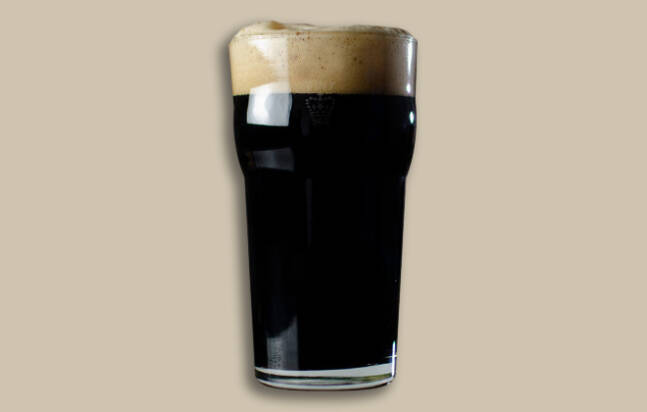
Stout and Porter
Famous Examples: Founders Porter, Guinness Draught, Great Lakes Edmund Fitzgerald Porter
I have good news for casual beer fans who feel like imposters when they can’t tell the difference between stouts and porters: No one can.
Sometimes it’s said that stouts are stronger than porters. To see why that’s wrong, you only have to go to the store. Some enthusiasts point to the grist bill, saying stouts get their color and flavor from the inclusion of roasted, unmalted barley, while porters get theirs from roasted malt. I’ve seen the grist bills of professional establishments and I can tell you that’s not how it’s currently working.
Anyone still grasping at the straws of differences will tell you a stout has coffee flavors and a porter has chocolate or that a stout is darker or heavier than a porter, both of which are characteristic differences anyone with even a passing familiarity of dark beers knows doesn’t hold up. Those taste and color differences are also inevitably worded as “a bit more this” or “slightly less that,” which, more often than not, is a connoisseur trying to justify their own existence more than anything else.
Historically speaking, stout originally referred to a stronger porter, but today the styles are so intertwined that the beers are virtually identical now. Even the guys you’d trust to know the difference have left it up to personal preference, leaning on vague, “I think I heard once” justifications for why they’d be using different words if they even are in the first place.
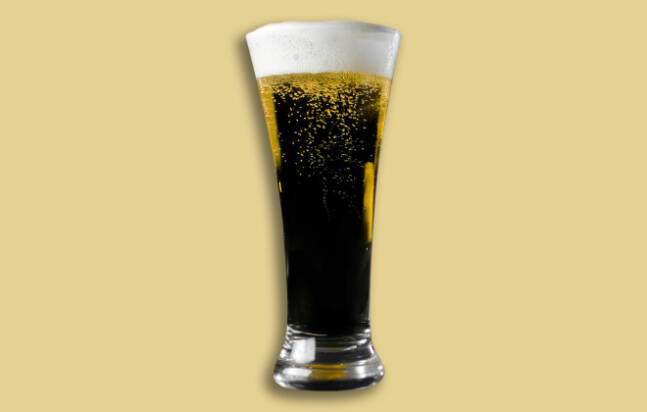
Lager and Pilsner
Famous Examples: Narragansett Lager, Yuengling Traditional Lager, Victory Prima Pils, Troegs Sunshine Pils
Lagers have been done a major disservice by the domination of AB InBev and Molson Coors in the American beer market. Those huge conglomerates have taken a massively diverse field of beer and flattened it into a tasteless, straw colored homogeneity. In a horrifying insult to their history, lagers are now associated with the perpetual unsettling stickiness of frat basements, the pandering insults of marketing, and piss. But if I keep riding this train of thought, we’ll never reach anything that’s actually worth talking about. I’ll just be sitting here, bitterly disparaging macrolagers.
The lager category is a broad one, and is most associated with German and northern European styles. Pilsner is the most famous type of lager, though there’s also bocks, dunkels, and maibocks, among others. (Stouts, IPAs, and porters, to name a few, are all ales.) The core difference between a lager and an ale is the type of yeast. Lager yeast ferments at a lower temperature and typically takes longer. Lagers also typically have more nuanced flavors than ales–clean and crisp are the descriptors you’ll hear most. Ale yeast ferments at a higher temperature and is an active yeast that adds lots of esters (compounds that can add a fruity aroma). Ales are generally more forgiving, whereas it’s easy to pick out when something went wrong with a lager.
Simply put: It’s easy to throw pounds and pounds of hops into the fermenter or dump sugar into the boil to hide an off note in an ale, but it’s hard to handle the delicacy of malts and hops to make a good lager.
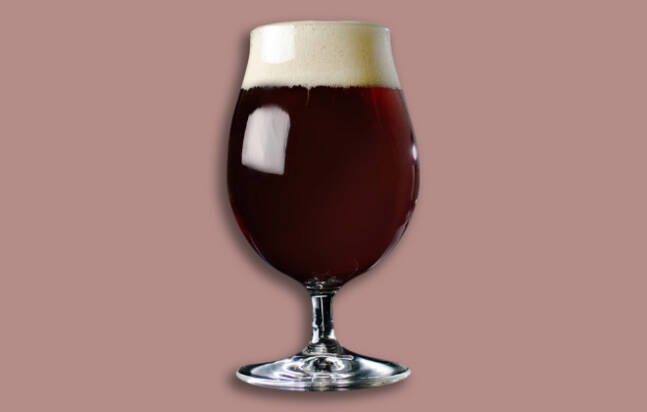
Sours
Famous Examples: Evil Twin Even More Hydra
Sour beer can be divisive, largely because it’s, well, sour. But there’s a wide variety within that term. Some brewers go the kettle sour route, where they add certain bacteria and yeast strains to up the lactic and acetic acids. Others ferment out in the open and let those souring bacteria and yeast do their thing naturally. Serious sour breweries may age the beer in wood. Others still may add fruit for a fruited sour, which is common with both Belgian and American sour beers. Then there’s the gose, which is a salty sour originally from Germany.
I’ve had more than one person come to the brewery where I work and sneer down at our fruited sour offerings as beers not worth making, along with another woman who didn’t seem to understand what a sour was, told us our water had gone bad, and insisted we take the beer off the menu. Both of these happened in spite of fruited sours easily being among our top selling beers.
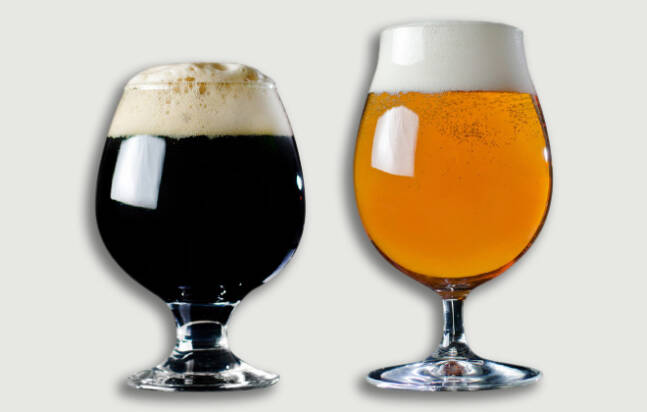
Strong Beers: Imperial Stout and Double IPA
Famous Examples: Goose Island Bourbon County Stout, Pliny the Elder
Imperial and Double are so close that to any beer fans more casual than the most pedantic nitpicker, they’re interchangeable. Both mean that the beer’s defining features and ABV are going to be even more exaggerated. In stouts, that means roastier, more bitter, creamier, heavier, and sometimes sweeter. In IPAs, it means hoppier in aroma, taste, and bitterness, as well as occasionally creating a thick, oily mouthfeel.
As with most beer styles, the origins of imperial stouts rely fairly heavily on nebulous historical claims, ever-changing colloquialisms, and marketing claims. The story of imperial stouts likely starts with Peter the Great, the tsar of Russia in the late 1600s and early 1700s. His friendly ties with Britain and his opening of Russia to British trade meant British beer was getting into the hands of the Russian aristocracy. They, in turn, found a taste for stronger beers and it’s documented that Catherine the Great, Peter’s successor, had a fondness for the style. Calling the beer style an imperial stout was a logical next step for a beer enjoyed by Russian aristocrats. You might sometimes hear the beer called a Russian imperial stout, but there’s absolutely no practical reason to do that since adding “Russian” means nothing for malt or hop content, ABV, or adjunct additions.
Double IPAs came into popularity along with American craft beer’s obsession with IPAs, though as with many things in alcohol, the exact story of how it got the name is a bit hazy. It’s possible to speculate, however. In the 1990s, when IPAs were starting to explode, brewers made IPAs with ABVs in the imperial stout range (the official range for an imperial IPA is 6 to 8.4 percent). Since IPAs lean so heavily on acronyms, an imperial IPA could be shortened to IIPA. Read out loud, that’s double I-P-A. Anyone who tries to talk to you about stylistic differences is actually arguing about the way human beings read acronyms.

